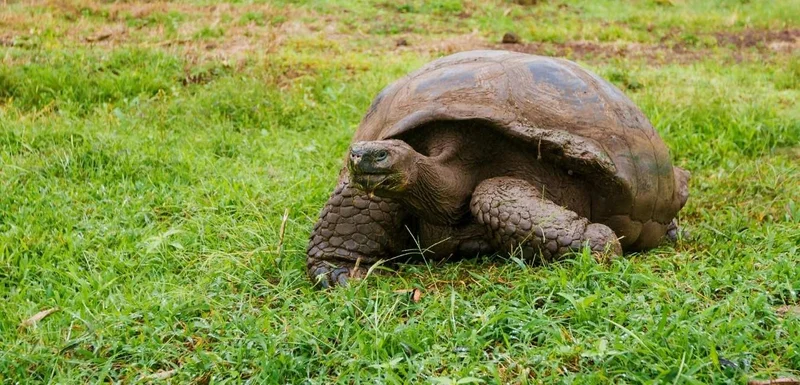

Embark on an 8-day Galápagos adventure aboard the M/Y Grace, exploring the archipelago’s most iconic sites. Snorkel with sea lions and penguins, witness diverse bird colonies, and visit volcanic landscapes. Highlights include Santa Cruz's Highlands, Genovesa's caldera, and the renowned Charles Darwin Research Station. Wrap up at San Cristobal's Interpretation Center.
8 Day Galapagos Itinerary
Day 1: Baltra Airport & Daphne Major Islet
This morning we fly to Baltra Island in the Galapagos. Flight time is just under 2 hours from the mainland. Upon arrival we board M/Y Grace where you will have lunch and a quick briefing en route to our first visitor site: Daphne Major Islet.
We will circumnavigate Daphne Major Islet which is home to a variety of birds including Galapagos martins, blue footed boobies, nazca boobies, short eared owls, red billed tropic birds amongst others. (lunch, dinner)
Day 2: Santa Fe Island & South Plaza Island
Morning visit to Santa Fe Island, home to one of the most beautiful and sheltered bays of the archipelago, and to some of the best snorkeling – with its crystal clear waters. Certainly one of the best locations to see sea turtles, swim with sea lions and get a glimpse of the Galapagos White-tipped Shark. After a wet landing you will walk up to a nearby cliff to see the land iguanas through an area of Opuntia Cactus.
Afternoon visit to South Plaza, one of the smallest yet most colorful islands in the Galapagos. Yellow land iguanas wander through bright red carpet weed, waiting from prickly pears to drop from green cactus. Orange sally lightfoot crabs dot the blackened lava above the landing site, all surrounded by turquoise waters. We’ll see swallow tailed gulls nesting along the up-tilted end of the tiny island, while red-billed tropicbirds, frigatebirds and shearwaters fly in dancing displays. You”ll also have the chance to see blue footed boobies along the cliff’s edge.. (breakfast, lunch, dinner)
Day 3: Genovesa Island: Prince Phillips Steps & Darwin Bay
Tower Island could serve as a film set for a secret submarine base! The southern part of the island is an ocean-filled caldera ringed by the throat of a sizeable and mostly submerged volcano. The island sits to the northwest, slightly removed from the Galapagos archipelago. It is also known as “Bird Island,” which it lives up to in a spectacular way. Our first visit is to Prince Phillips Steps, the best Galapagos landing site to see red footed boobies, comically perched by wrapping big red feet around tiny branches. We walk a short distance to seek out short eared owls preying on swarms of storm petrels. The snorkeling at the foot of the steps is amazing with large, brightly colored tropical fish taking on a neon quality against the black lava background.
After lunch take time to kayak beside the walls of the sunken caldera before our afternoon visit to Darwin Bay, A gorgeous tidal grotto forms the backdrop to the gaggle of nesting and soaring seabirds birds and path leads up to the rookery cliffs for views of the bay and colonies of gulls, tropic birds and frigates. (breakfast, lunch, dinner)
Day 4: Fernandina Island: Punta Espinoza & Isabela Island: Urbina Bay
In the morning we visit Fernandina Island, home to La Cumbre volcano, which erupts frequently (most recently in May 2005). We visit Punta Espinoza, a narrow spit of land, where a number of unique species, such as marine iguanas, sea lions, flightless cormorants, herons, egrets and Galapagos hawks can be seen in close proximity.
Afternoon visit to Urbina Bay, directly west of Isabela’s Volcano Alcedo, where we will make an easy, wet landing (a hop into a few inches of water). We walk on a stretch of three miles (5 km) of the marine reef that has been uplifted by as much as 13 feet (4 meters) out of the water. A highlight of this excursion are the giant land iguanas and giant tortoises, as well as the opportunity to go snorkeling amongst marine creatures, or just relaxing on shore. (breakfast, lunch, dinner)
Day 5: Isabela Island: Tagus Cove & Punta Vicente Roca
A morning visit to Tagus Cove on Isabela Island. A wooden stairway rises to the trail entrance and continues around Darwin Lake through a dry vegetation zone, and ends in a promontory formed by spatter cones. The site provides spectacular views of our anchorage in the bay, as well as Darwin and Wolf Volcanoes. The green algae underwater pastures of the cove offer the chance to snorkel with marine iguanas, sea turtles, penguins and sea horses.
In the afternoon we visit Punta Vicente Roca on Isabela Island. Snorkeling is incredible here as a result of the nutrient-rich waters of the Humboldt Current that bathe the western side of the archipelago. We will have a chance to see colorful fish, sea lions, penguins and sea turtles in the water. (breakfast, lunch, dinner)
Day 6: Santiago Island: Espumilla Beach & James Bay
The short walk up the beach leads inland to a mangrove typically inhabited by Common stilts. Beyond the mangroves is a brackish lagoon where flocks of pink flamingos and white cheeked pintails wade in search of mollusks. The trail passes over a tiny hilltop through a sparse Palo Santo forest before looping back to the beach. Galapagos finches and Vermilion fly catchers inhabit the area. The tuff formations that form the cliffs that surround the cove have created a natural sculptor gallery rising from the sea with formations including the Monk and Elephant Rock. Afternoon visit to James Bay, where we land on a black beach with intriguing eroded rock formations. A trail leads to a series of crystal-clear grottos with a natural bridge formed of broken lava tubes. This is the best place in the Galapagos to see fur seals and equally best place to see samurai like marine iguanas feeding in tidal pools nearby. You will find a colony of sea lions here and Galapagos hawk frequent the area. Snorkeling offers encounters with Green Sea Turtles and tropical fish. (breakfast, lunch, dinner)
Day 7: Santa Cruz Island: Highlands & Charles Darwin Research Station
Santa Cruz is the second largest island in the Galapagos and its capital, Puerto Ayora, is the economic center of the Islands In the morning we visit the Charles Darwin Research Station to visit the Giant Tortoise and Land Iguana Breeding and Rearing Program. Here we used to find Lonesome George (now deceased), the last of this particular race of tortoise.
Afternoon visit to the Highlands, where the dry coastal vegetation transitions to lush wet fields and forests overgrown with moss and lichens. Our destination is the Tortoise Reserve, where we will have chances see these animals in the wild. (breakfast, lunch, dinner)
Day 8: San Cristobal Island: Interpretation Center
Today your Galapagos cruise comes to an end, but before we bid farewell to the Grace we visit the Galapagos National .Park Visitor Centre that presents a comprehensive exhibit of the islands’ natural history, human interaction, ecosystems, flora & fauna. From the Centre, a short trail arrives at Frigate Bird Hill, where both “magnificent-frigates” and “great-frigates” can be seen in the same colony. Next we return to the airport where we began our journey in the Galapagos for the flight back to the Ecuadorian mainland. (breakfast)
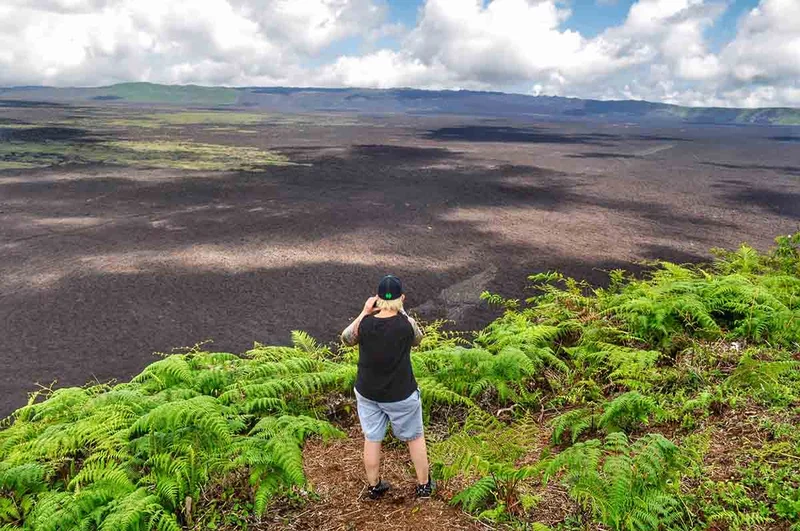


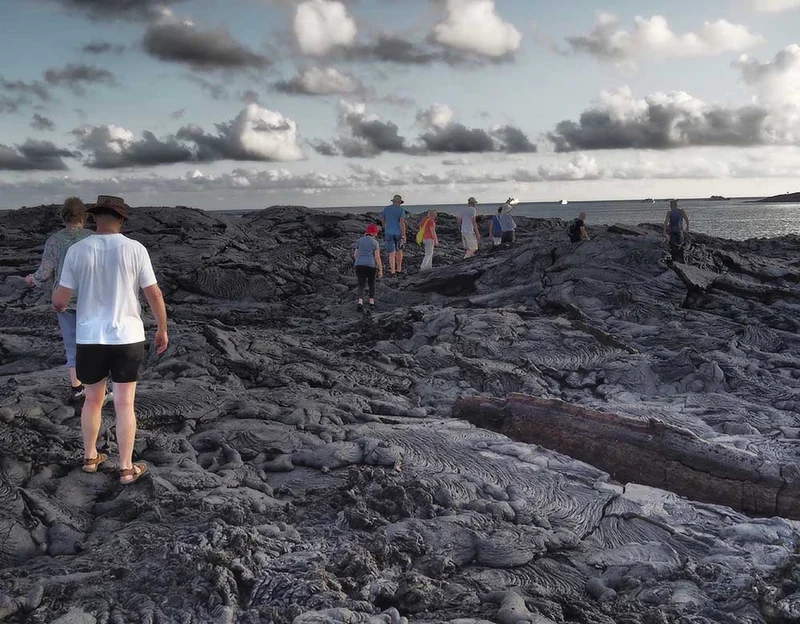
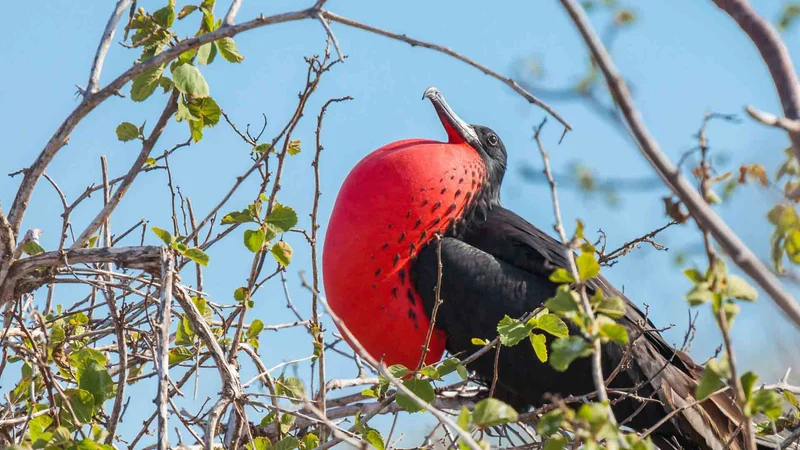

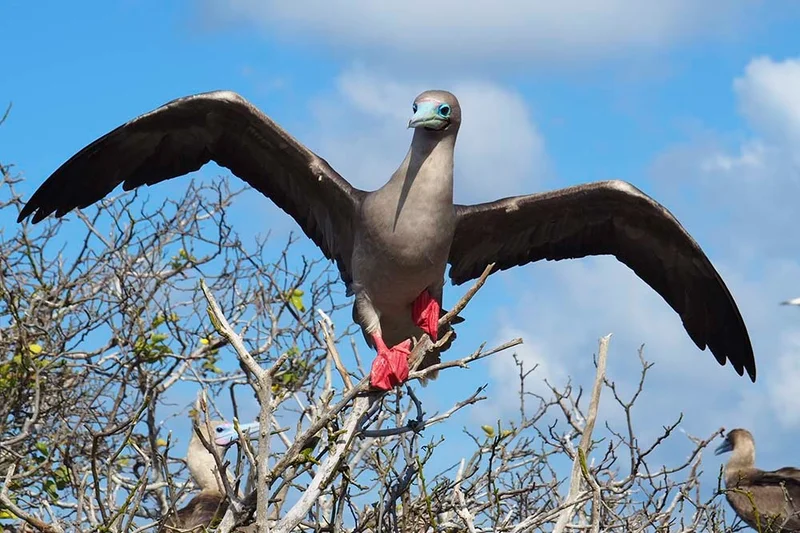





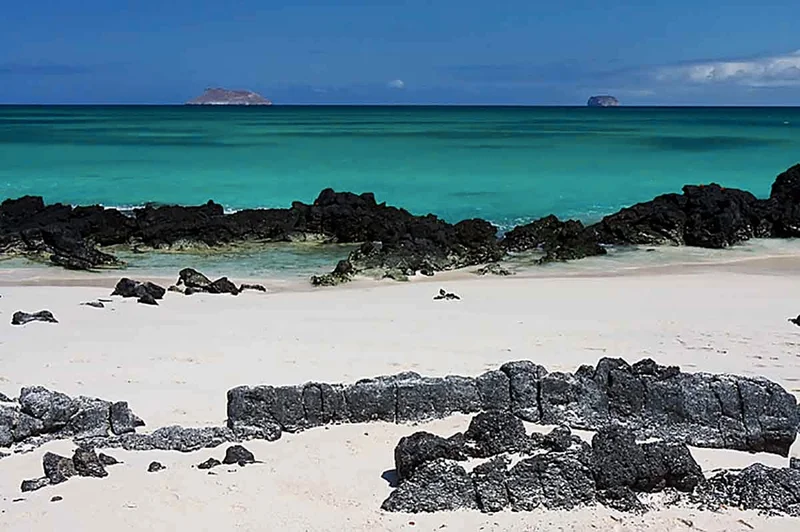
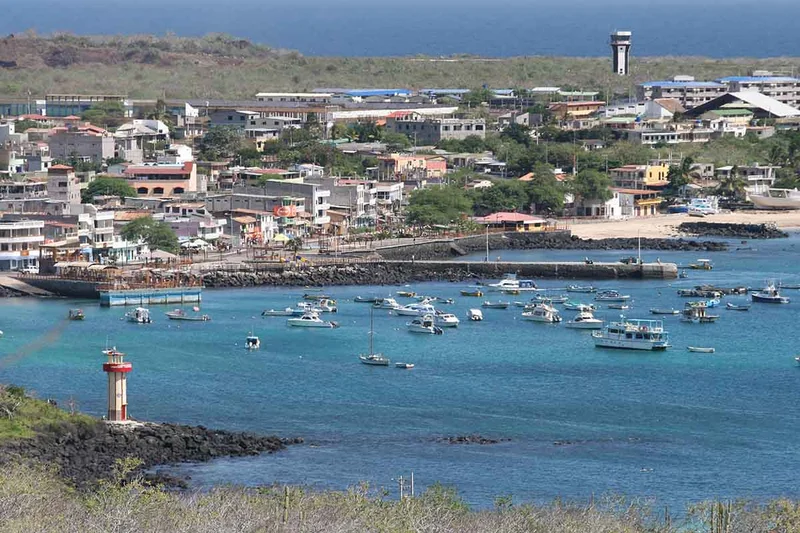

8 Day Galapagos Itinerary Includes
- Expert guidance and service
- Comprehensive pre-and post-cruise information material
- Daily served meals or buffet offering a wide choice of dishes
- Naturalist guides & activities throughout the cruise
- All transfers (with rest of group) while in Galapagos
- Select wines, local beer, cocktails, spirits, soft drinks, juice, coffee, hot chocolate, water and tea are included throughout the cruise
- Lectures and entertainment onboard
- Snorkeling equipment (masks, snorkels & fins) and wetsuits (3mm long wetsuit)
- Kayaks and equipment
- Galapagos National Park entrance fee ($200 USD adults / $100 USD children)
- Galapagos Transit Control Card ($20 USD per person)
- Internet / Wi-Fi connection throughout the cruise (within limited schedule)
8 Day Galapagos Itinerary Does not Include
- Flights, accommodations, meals, excursions and transfers other than those included in the itinerary
- International air tickets to either Quito or Guayaquil, Ecuador
- Gratuities to guides, crew and staff
- Extra expenses (communication, laundry, souvenirs, etc.)
- Trip insurance and medical evacuation insurance
- Personal travel insurance
- Premium brands of wines, beer or spirits
8 Day Galapagos Itinerary Highlights
- Sail around Daphne Major to observe large bird colonies.
- Snorkeling and trail-hiking at Santa Fe and South Plaza.
- The enchantment of Darwin Bay at Genovesa Island.
- See Giant Tortoises at wild state in Urbina Bay.
- Tagus Cove, the perfect snorkeling spot for amazing wildlife encounter.
- Learn about the Archipelago’s geology and evolution at the Interpretation Center.
Itinerary Map

Reviews
Animals you might see on this itinerary:
More information about the Galapagos Islands you visit in this 8 day itinerary:
Galapagos West: 8-Day Cruise from Baltra - Grace Yacht
Why travel with us?
Similar Itineraries
